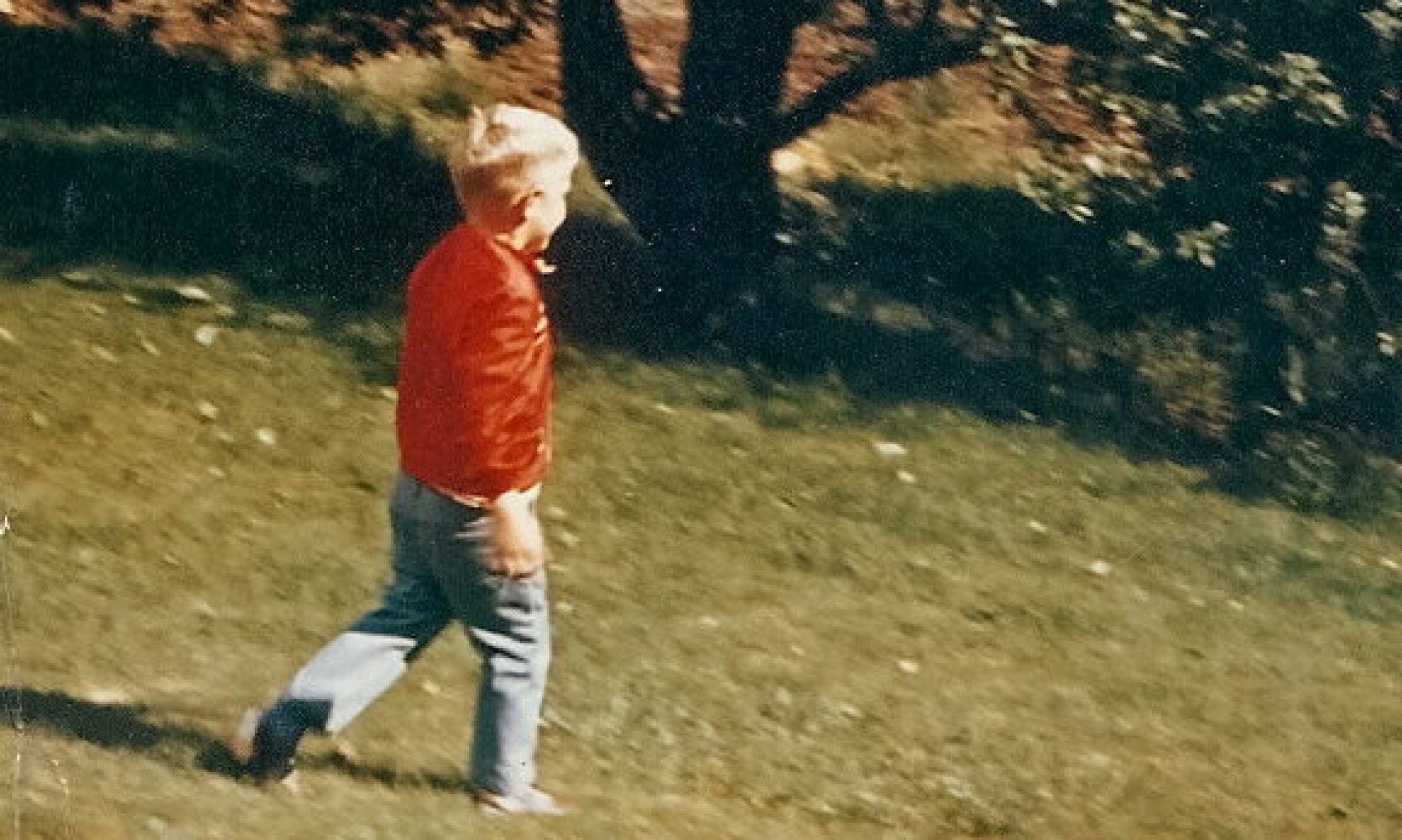In 1991, when I was finally finishing up college, I read a book called The Five Clocks, by Martin Joos for a linguistics class. It’s out of print, or I’d link you to a copy. It’s actually a very long essay on language styles. Joos starts his essay by using the five clocks at a London train station as an example. They all have slightly different times, but they are all saying the same thing. His theory, and it’s a good one, is that there are five discernible styles of language. The most formal is the words you use when you are writing expository. Formal because it is written, and intended to be read and re-read. So we have to follow a set of accepted rules (called a grammar) that help the reader interpret the writing.
The hard one, the one that is exclusive in its usage (meaning it’s only understood by the speakers) Joos called Intimate style. And I have to tell you, the difference between Intimate and what Joos called Casual style is an absolute beast when I’m trying to capture dialog. So, in the course of revising these plays … these ten little minutes of dialog … I’ve spent a good deal of time just decoding the Intimate and the Casual. I think I’ve got a bead on where the narrative is likely to go, and I know that’s all I need … a vague idea of the plot … but the simple activity of turning the play dialog into the narrative dialog is taxing my use of what I understand Mr. Joos has to say.
Onward.
Into the land of “Um,” and “Huh?” and “Ah-ha!” When you hear it (like when you are hearing a play) it makes perfect sense. But when you are writing it … well … it just looks … awkward. Just one more thing I have to get over, right?
